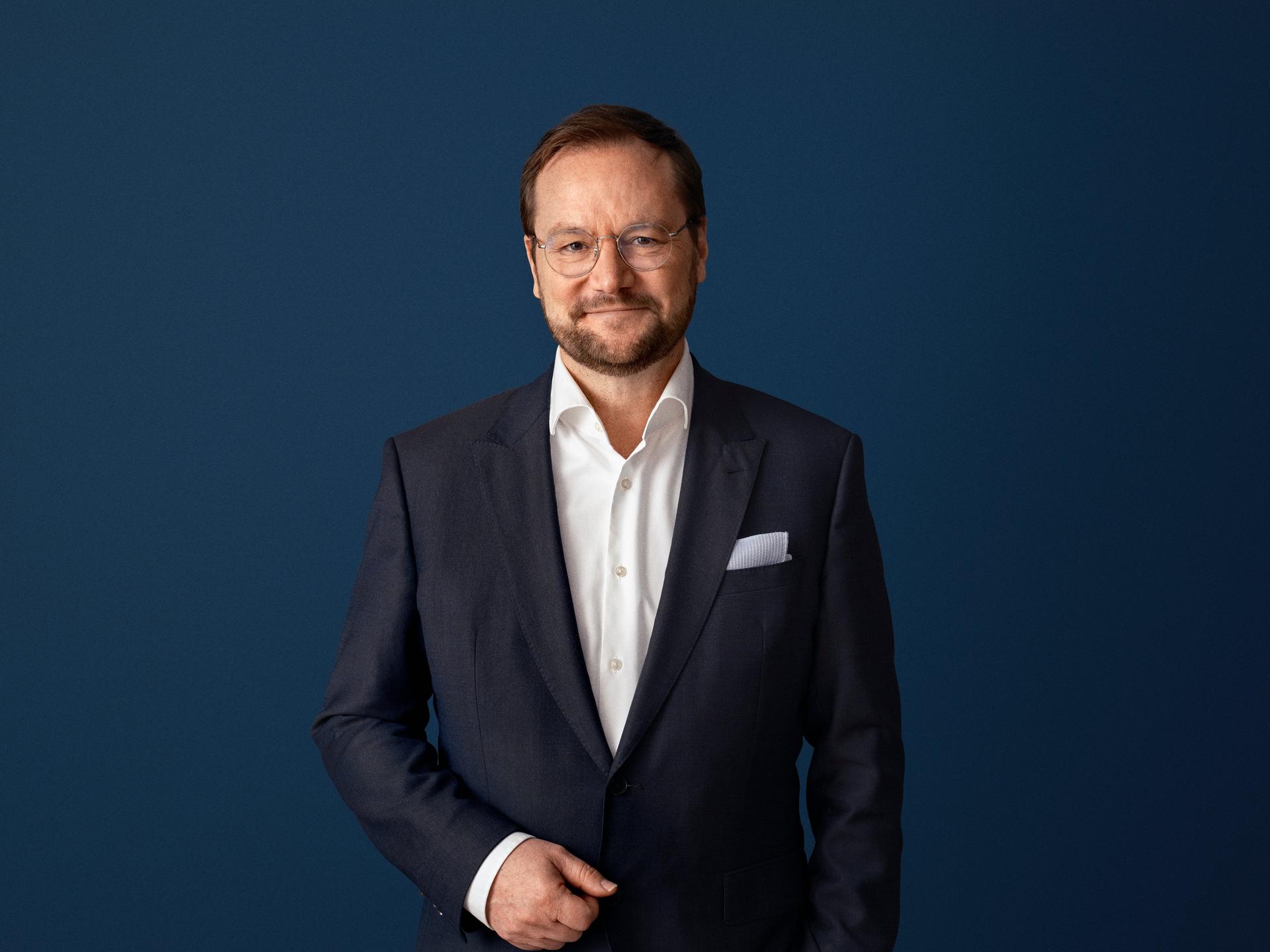
December 4, 2025
CEO Jens-Peter Saul is leaving Ramboll
After almost 14 years as CEO of the Ramboll Group, the Group Board of Directors and Jens-Peter Saul have decided it is time for a change of guard. Jens-Peter Saul will continue in his position until a successor has been found.
November 11, 2025
UNEP, COP30 Presidency, and Ramboll partner to tackle the threat of urban heating
Ramboll joins the UNEP and COP30 Presidency-led Beat the Heat program at COP30, the UN Climate Change Conference, aiming to address the challenges of extreme heat through sustainable cooling solutions. The cities of New York and Copenhagen take a lead role in rolling out the initiative.
October 30, 2025
TIME100 Climate list recognises Ramboll CEO Jens-Peter Saul for climate leadership
The list celebrates leaders making a significant impact in tackling climate change.
October 28, 2025
Ramboll at COP30 and World Mayors Summit
Join Ramboll at the C40 World Mayors Summit and COP30 in Brazil in November 2025, where we will be at the forefront of critical conversations on sustainability and climate action. Participate in our events, engage in networking opportunities, and connect with our leading experts as we explore innovative solutions for a sustainable future.
October 7, 2025
Ramboll, TeraWulf turning coal-fired power plant site into low-carbon digital hub
Ramboll has been selected to partner with TeraWulf at their Lake Mariner, New York, USA campus to advance a brownfield-to-compute transformation. This partnership solidifies our position as an end‑to‑end delivery partner for high‑density, liquid‑cooled AI infrastructure.
September 23, 2025
Data centres can become net zero and sustainable - a new report by Ramboll finds
A new report released today at Climate Week NYC by Ramboll lays out a strategic roadmap to address the negative environmental impact of data centres. The report offers tangible ways to reduce negative impacts related to carbon emissions, water, biodiversity and material use.
September 11, 2025
Ramboll bolsters California–Denmark partnership through sustainability and infrastructure projects
Ramboll is at the forefront in supporting the new partnership between California and Denmark to advance cooperation in climate, technology, and innovation. Signed during the California–Denmark Partnership Summit on August 22, 2025, by California Governor Gavin Newsom and Denmark’s Minister of Foreign Affairs Lars Løkke Rasmussen, the memorandum of understanding paves the way for enhanced trade and commercial ties between the two geographies renown for sustainability and green energy commitments.
September 8, 2025
Ramboll at Climate Week NYC 2025: Meet us there!
Join Ramboll at Climate Week New York 2025, where we will be at the forefront of critical conversations on sustainability and climate action. Participate in our events, engage in networking opportunities, and connect with our leading experts as we explore innovative solutions for a sustainable future.
August 24, 2025
Ramboll acquires leading Canadian power systems consultancy
With the acquisition of TransGrid Solutions, Ramboll enhances its leadership in the North American market, helping advance grid resiliency and the global green energy transition by supporting electrical grid upgrades and expansions.